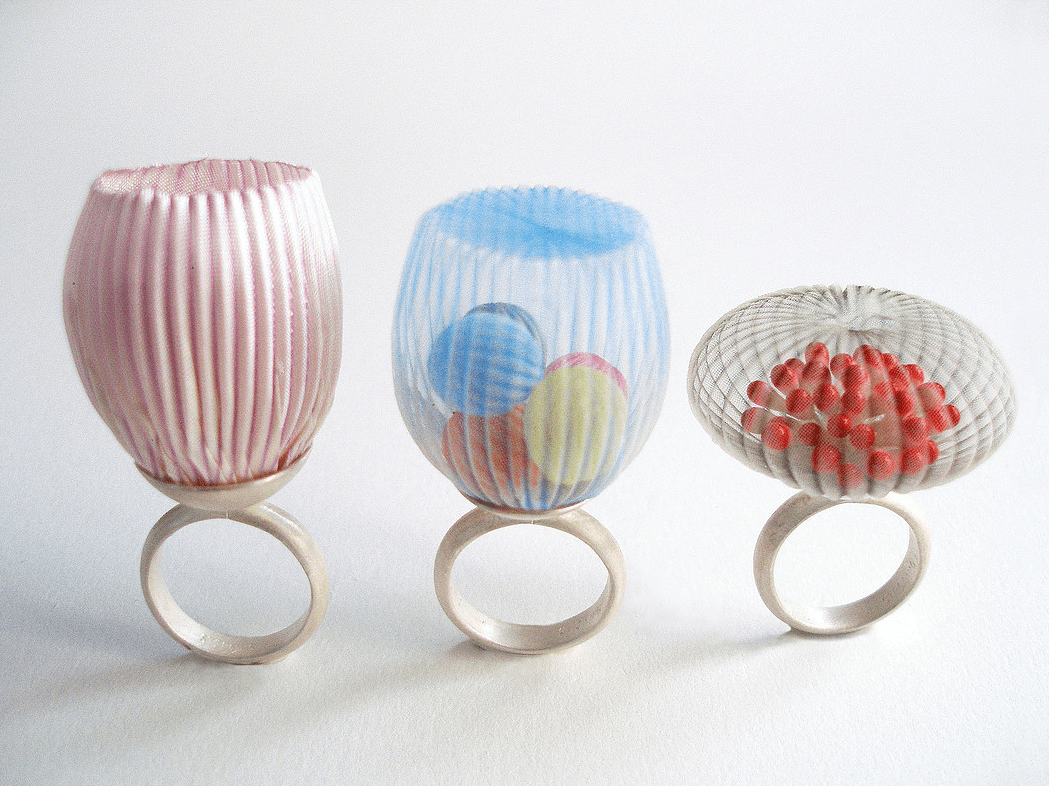When I was first told I would be teaching a jewelry/metals class, I panicked. I had no experience and no idea where to begin. I also found it challenging to find artists and examples to share with my students.
If you teach jewelry or metals, here are 11 artists to inspire and inform your teaching.
1. Terhi Tolvanen
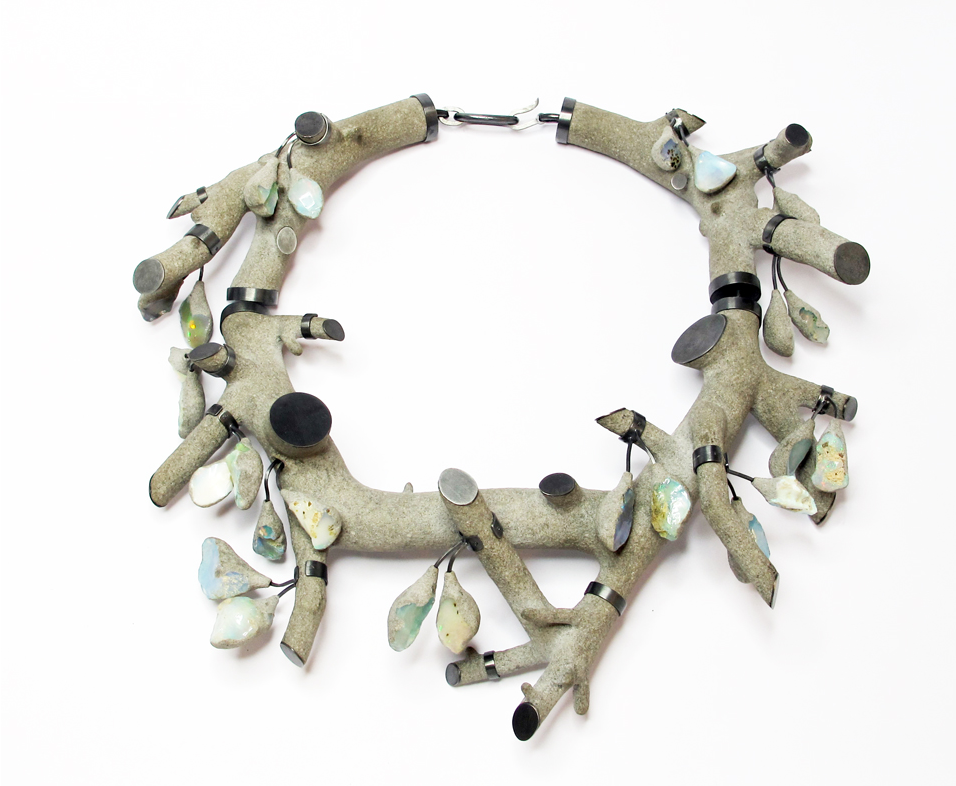
Terhi Tolvanen is a Dutch jewelry designer. She uses a wide range of materials, like pearls, wood, and cement. A lot of her work reflects organic shapes and forms found in nature.
Have students collect items from nature and explore translating that into a piece of jewelry.
Website: https://www.terhitolvanen.com/
If you’re interested in learning more about bringing jewelry or metals into your classroom, be sure to take a look at the Metal Jewelry Making PRO Learning Pack. You’ll explore the essentials of basic jewelry making including chain making, cutting sheet metal, soldering, and more. See how easy it is to bring these techniques into your classroom!
2. In Sync Design
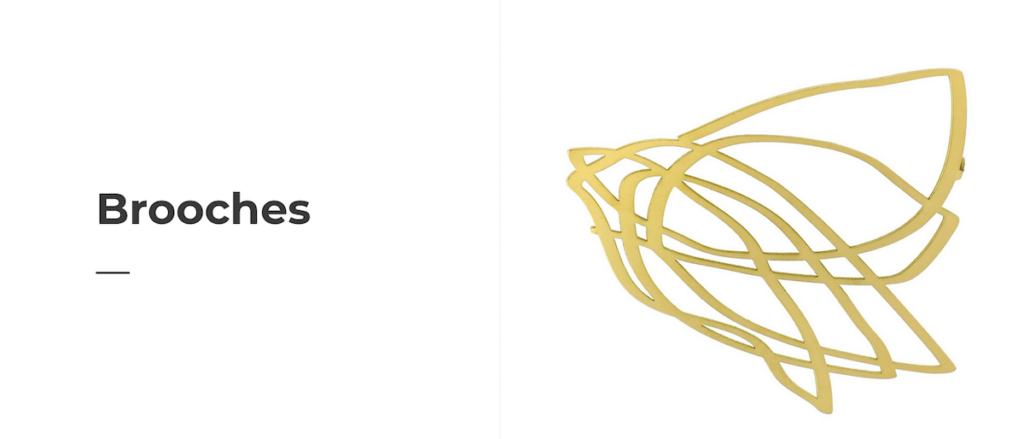
In Sync Design creates bold jewelry made from hypoallergenic stainless steel, aluminum, and rubber. The pieces are lightweight and often filled with negative space.
Talk to students about the importance of thinking about common allergies when creating wearable work.
Website: https://insyncdesign.com.au/
3. Mariko Kusumoto
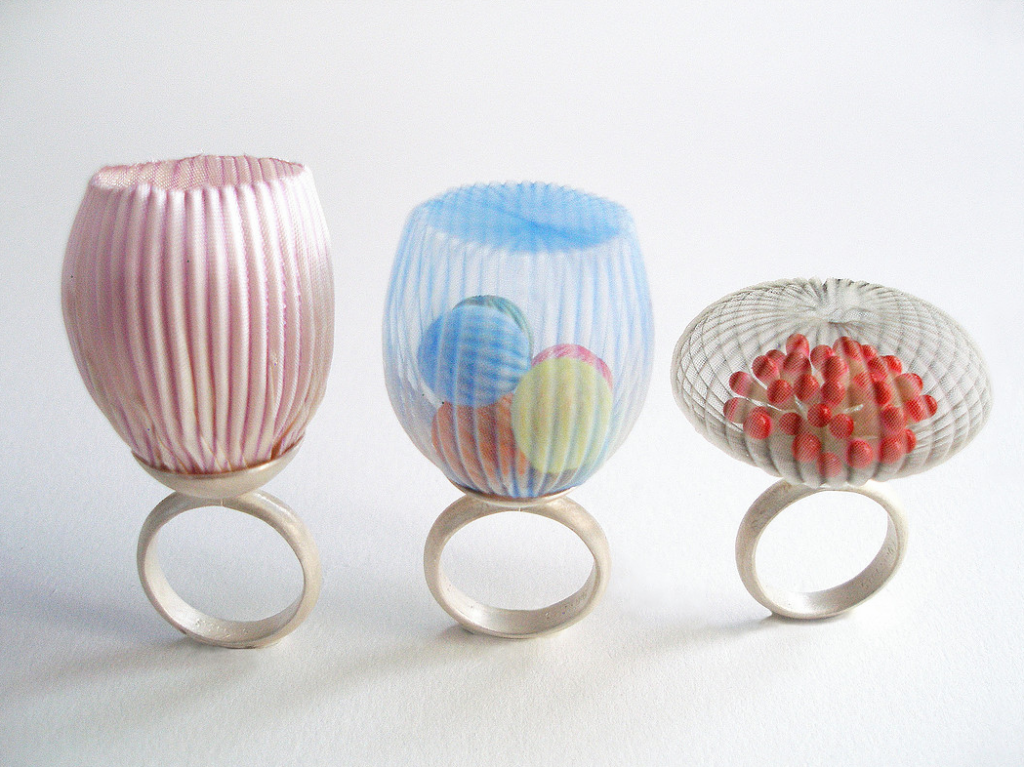
Mariko Kusumoto works with fiber, resin, and metal. As students view her work, they’ll see not everything is wearable. Kusumoto is a great artist to explore as you talk about the relationship between sculpture and jewelry.
Have students explore the role scale plays in design.
Website: https://www.marikokusumoto.com/
4. Lynne MacLachlan Studio
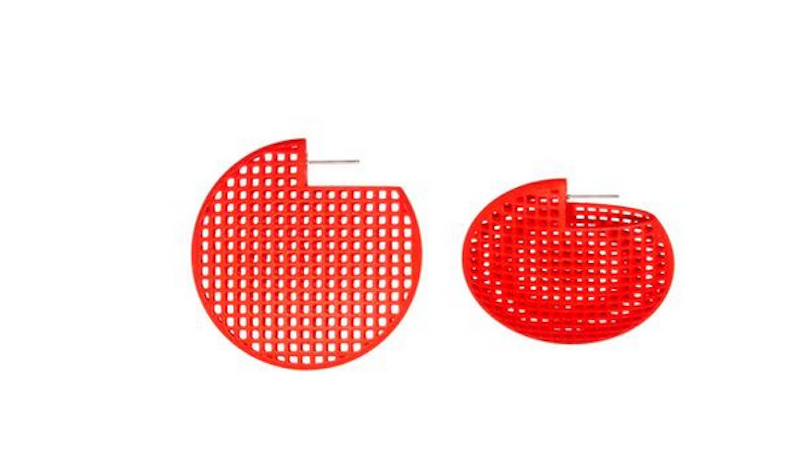
Lynne MacLachlan Studio creates brightly colored, bold jewelry with a 3-D printer. Lynne originally earned a degree in aerospace engineering, later deciding to return to school to study jewelry design.
Have students explore how technology impacts the art, craft, and design world.
Website: https://lynnemaclachlan.co.uk/
5. Gabrielle Desmarais
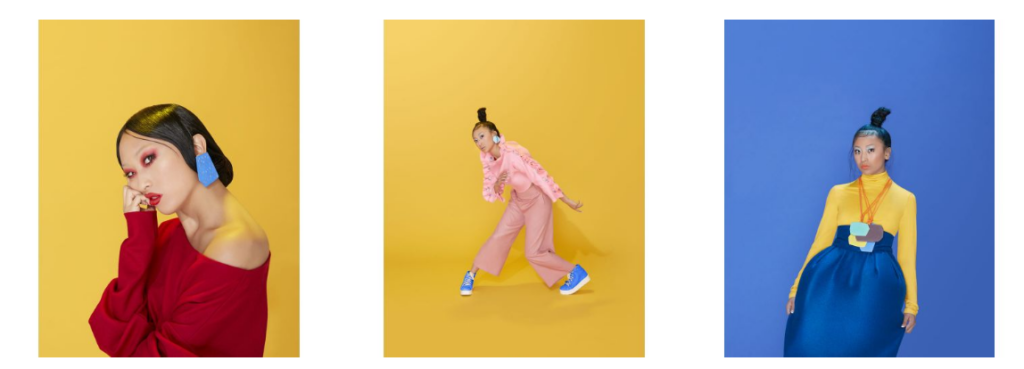
Gabrielle Desmarais works with a variety of materials. Her Achromat collection is made from wood cut into playful shapes and painted with bright and bold colors. Connect with your tech ed department or a local wood shop, and use their scarps to create jewelry.
Website: http://gabrielledesmarais.com/en/
6. Mio Studio
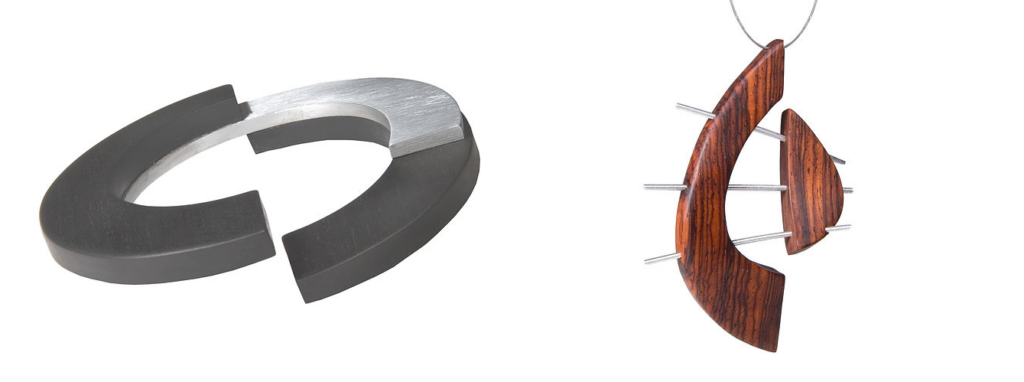
Mio Studio jewelry is designed and created by Erica Millner and Mia Orama Muniz. Both are self-taught. Their signature earrings, “Kandinski,” are made from recycled aluminum, making them lightweight.
Have your students think about materials that are all around them, and how they might turn them into jewelry.
Website: https://www.miostudio.com/
7. Meredith Turnbull
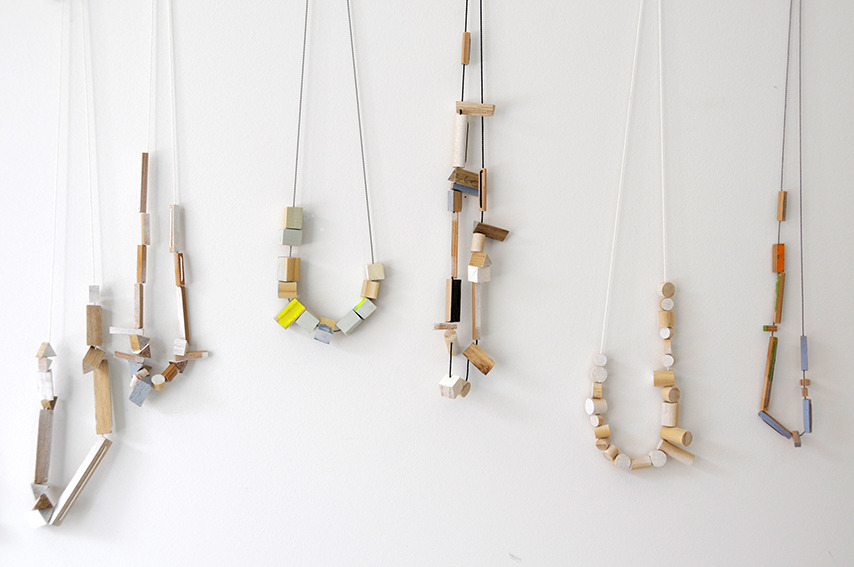
Meredith Turnbull makes jewelry that is a mix of painted timber, rubber cord, sterling silver, and aluminum. She brings together a variety of shapes, sizes, and color to create each playful, finished piece. Turnbull also does large-scale work that reflects her jewelry design.
Have students look at a sculpture or a building then translate its design into a piece of jewelry.
Website: http://meredithturnbull.com/tagged/jewellery
8. Meghan Patrice Riley
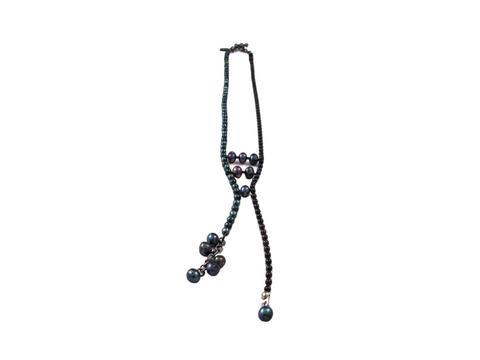
Meghan Patrice Riley makes jewelry ranging from small and delicate to large and sculptural. She uses a variety of techniques to create her work, one of which is crocheting ball chain. Riley also works a lot with coated stainless steel wire and connectors.
When visiting Meghan’s website and clicking on the stockist’s tab, you’ll uncover a long list of stores. Have a conversation with your students about selling work wholesale to stores.
Website: https://meghanpatriceriley.com/pages/lookbook
9. Laura Jaklitsch
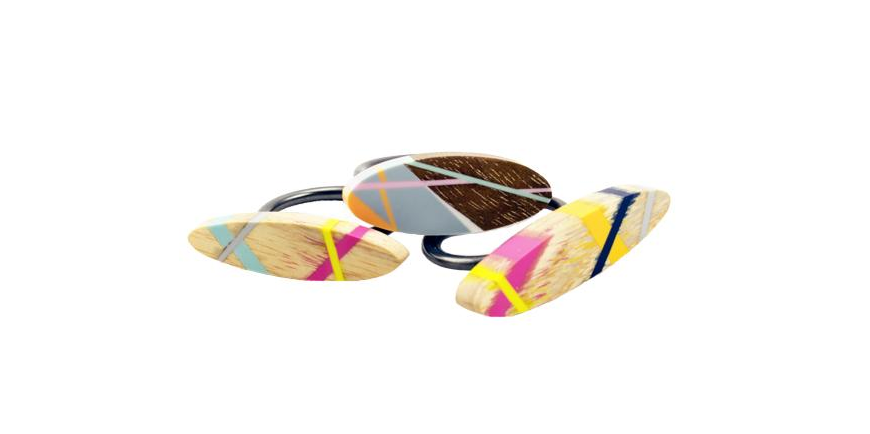
Laura Jaklitsch works with wood, polyurethane, and sterling silver to create one-of-a-kind jewelry. Make sure to watch the process stores on her Instagram to get a better understanding of how each piece is made.
Consider collaborating with your tech ed department and learning about creating a pattern by laminating different kinds of wood.
Website: https://laurajaklitsch.com/
10. Allison Hilton Jones
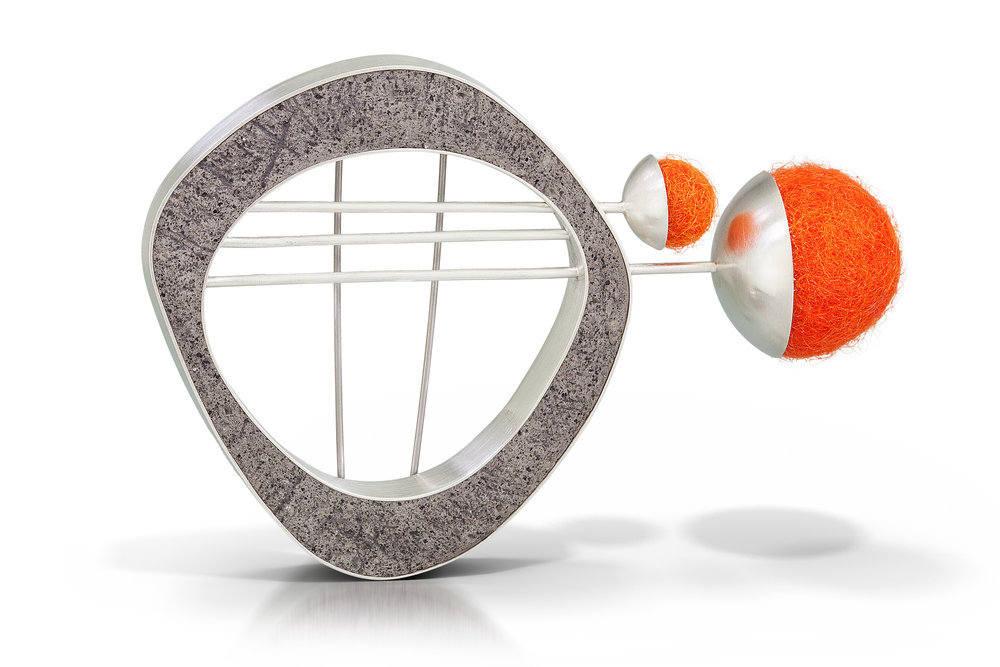
Allison Hilton Jones creates statement jewelry using metal, felt, and concrete. She also has a series of work that focuses on shape and color.
Use her work as a jumping off point to teach your students felting processes.
Website: https://www.instagram.com/allisonhiltonjones/
11. Francesca Vitali
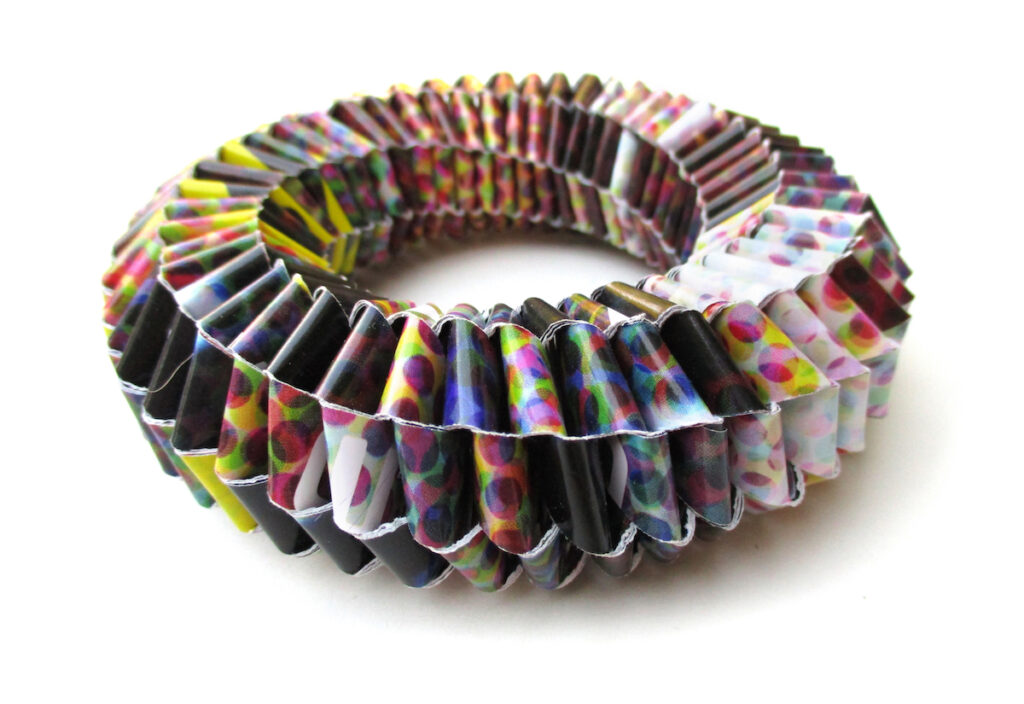
Francesca Vitali makes bold and playful jewelry from paper folding processes. Vitali focuses on one folding technique, creating variety through size and color, as well as form.
Teach your students about paper folding and see what kind of designs they come up with.
Website: https://www.instagram.com/francescavitali.paperjewelry/
Contemporary jewelry designers are pushing the boundaries and moving away from only working with traditional materials like silver, gold, and precious stones. Exploring non-traditional materials like, steal, rubber, cement, paper, and felt makes jewelry design accessible to a wider range of people. Showing students contemporary designers helps them to see how they, too, can design jewelry.
Who is your favorite jewelry designer?
What is your favorite jewelry making technique to teach?
Magazine articles and podcasts are opinions of professional education contributors and do not necessarily represent the position of the Art of Education University (AOEU) or its academic offerings. Contributors use terms in the way they are most often talked about in the scope of their educational experiences.
